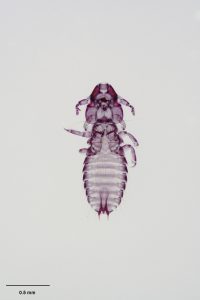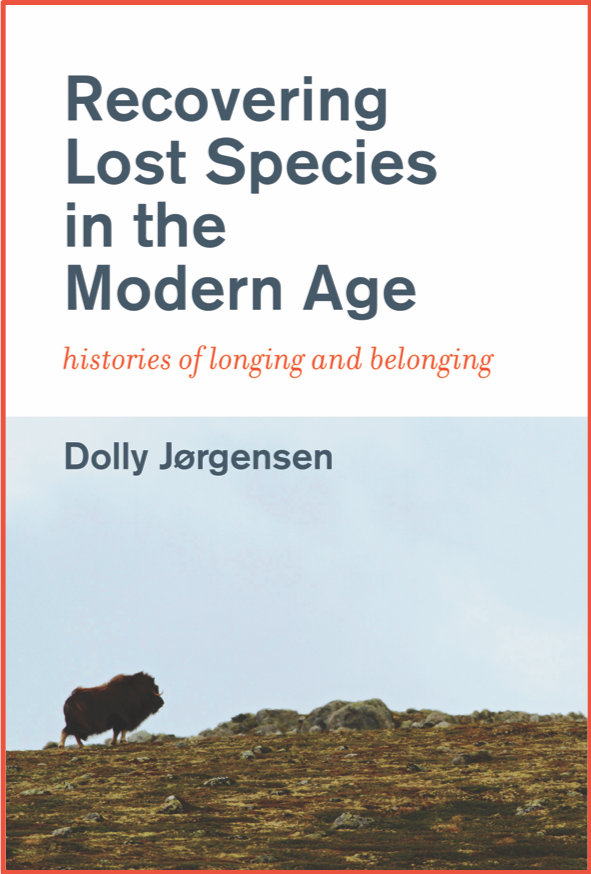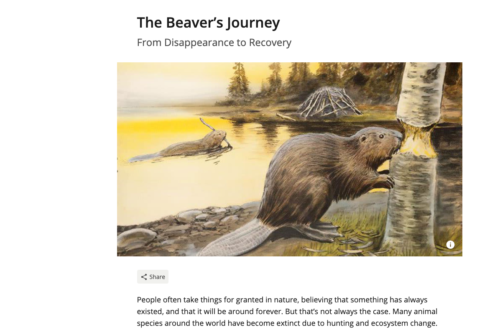
Perception of risk of harm
Today I gave a lecture at the ESEH Summer School called “Knowing and not knowing: How ideas of risk affect responses to disease and pests”. I picked this topic because the School is focused on “The Undesirable: How Parasites, Diseases, and Pests Shape Our Environments”. It made a nice follow-up to my talk earlier this summer at the parasite conference in Turku.
In the talk I laid out some initial thoughts about how we as environmental historians can historicise responses to things identified as dangerous or harmful. My proposal was that responses are determined by the perception of risk of harm based on knowledge or lack of knowledge.
I broke down the terms of this statement to talk about perception, risk, harm, and knowledge. Perception means that identifying things that are harmful and determining how will we respond is culturally situated. Risk at its base is about how likely something is to happen, but that is never an objective measure (people inevitably over- and underestimate the likelihood something will actually happen). Harm has to do with things identified as a negative consequence, whether that is physical, mental, or even systematic. Knowledge, which I read in a broad way, encompasses things like tradition, folklore, personal experience, literature, and modern science.

My two examples for this were sanitation actions in the late medieval period (you can see all my work on that topic here) and reactions to parasites on wildlife to the reintroduced in the 1980s. For the parasites, I used the extinctions of the California condor’s louse Colpocephalum californici and the little spotted kiwi’s louse Rallicola (Aptericola) pilgrimi, which were also cases I discussed in the paper I gave in Turku. In both of these cases, the lice became extinct because of delousing practices on animals which were endangered and going through relocation for reintroduction. Although neither of these lice cause disease, they were exterminated as part of larger procedures to keep wildlife disease at bay. I argued that these procedures were specific responses to the perception of risk of harm based on knowledge at that moment in time. The procedures must be situated as products of the anti-pest mentality of the early 20th century, disease theory, and large species bias. This way of thinking about parasites is still common in wildlife reintroduction today, although that is slowly changing, a history that you can read about in my co-reintroduction article.
The take-home message of my talk was that in order to understand why people interact with pests or disease (and even why they give certain physical things these names in the first place), we have to consider perceptions of risk of harm.


